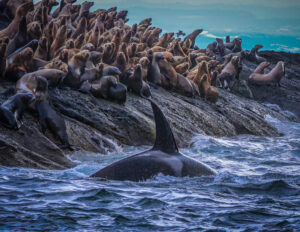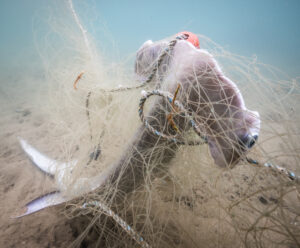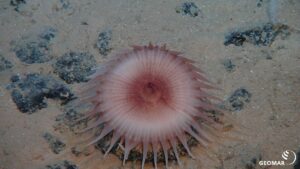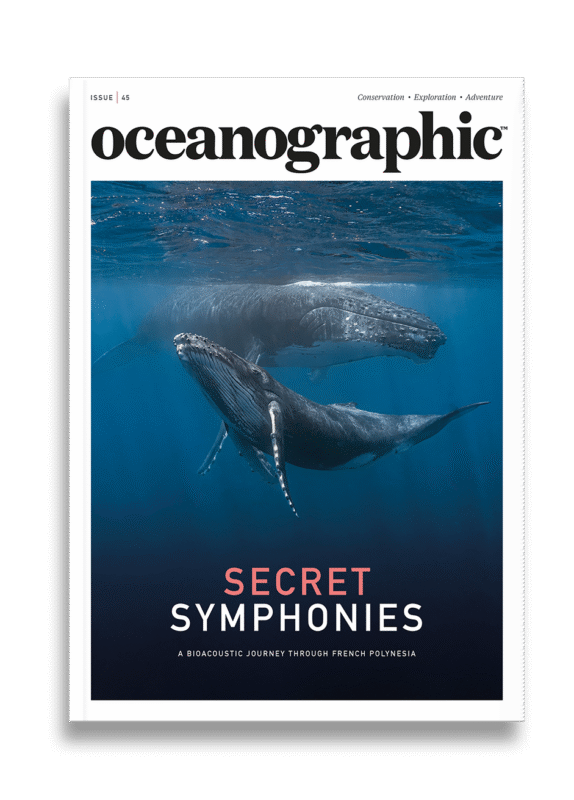Are offshore wind farms the next safe spaces for sharks and rays?
A new study from Wageningen University & Research has found that not only do offshore wind farms produce energy, but they may contribute to the protection of marine life, having found evidence of several shark and ray species across Dutch wind farms.
It’s a finding that perhaps few expected, but it turns out that several species of sharks and rays could just be using offshore wind farms as a marine habitat, potentially further splitting opinion when talk turns to the environmental impact of offshore wind development and conservation.
A new study from Wageningen University & Research has found that not only do offshore wind farms produce energy, but they may contribute to the protection of marine life, having found evidence of the presence of several shark and ray species across Dutch wind farms.
The findings have been published this week in the scientific journal Ocean and Coastal Management and confirm – through traces of eDNA collected from seawater samples – the active presence of elasmobranchs across certain offshore sites.
It marks a groundbreaking first for research in this field, combining new fieldwork with data from The Rich North Sea Programme. In total, 436 seawater samples were collected, enabling researchers to detect species that had passed through an area without the need for physical capture.
“We’re trying to understand whether these animals are actually using the wind farm as habitat, or whether they’ve been displaced by them,” said Annemiek Hermans, PhD candidate at Wageningen University & Research.
Five different shark and ray species were detected in four offshore wind farms: Borssele, Hollandse Kust Zuid, Luchterduinen, and Gemini. The thornback ray (Raja clavata) was the most frequently observed species, occurring year-round in three of the sites. Remarkably, basking sharks (Cetorhinus maximus) – a large, migratory species – were detected during winter in Hollandse Kust Zuid, providing insight into their seasonal movements.
Other species identified include the starry smooth-hound (Mustelus asterias) and the blonde ray (Raja brachyura), both found across multiple seasons and sites.

The argument that offshore wind farms could act as a potential safe haven for marine life is building. For a start, trawling and other forms of seabed-disturbing fishing are prohibited within offshore wind farms, allowing benthic ecosystems to recover. Researchers believe that these more stable habitats could benefit vulnerable species such as elasmobranchs.
“We must tread carefully,” says Hermans. “If we start allowing bottom trawling in these areas, we risk losing the very protection the zones may offer.”
To conduct this study, researchers adopted a pioneering technique for data collection in eDNA – billed as a promising, non-invasive tool for marine ecology that has been likened by Hermans to “finding a fingerprint in the water.”
“Even if you don’t see the shark, the DNA tells you it’s been there,” she said.
Alongside being non-invasive, the method is described as “fast, cost-effective, and animal friendly,” opening up new possibilities for biodiversity monitoring in challenging marine environments.
It is hoped that the findings from this study, identified in the published paper titled ‘Elasmobranchs in offshore wind farms’ will provide valuable insights for marine spatial planning and policy, particularly as the EU pushes forward with initiatives such as the Habitats Directive and the new Nature Restoration Law.
The study explores how offshore energy infrastructure might possibly be integrated with marine conservation strategies, offering “potential win-wins” for biodiversity and renewable energy.
This research has been carried out, by Annemiek Hermans, as part of a six-year project called ElasmoPower – an initiative led by Wageningen University & Research to investigate whether electromagnetic fields from subsea power cables in offshore wind farms affect elasmobranch behaviour, particularly as these species rely on electro-sensory perception for hunting and navigation.
This work combines lab experiments with field studies using underwater cameras, sensors, and molecular techniques. Partners on the project include TenneT, WOZEP (part of the Directorate General for Public Works and Water Management), Naturalis Biodiversity Centre, the North Sea Foundation, and the consultancy Witteveen+Bos.


"*" indicates required fields
Printed editions
Current issue
Back issues

Back Issues
Issue 43 Sir David Attenborough’s ‘Ocean’

Back Issues
Issue 41 Holdfast to the canopy
Enjoy so much more from Oceanographic Magazine by becoming a subscriber.
A range of subscription options are available.








